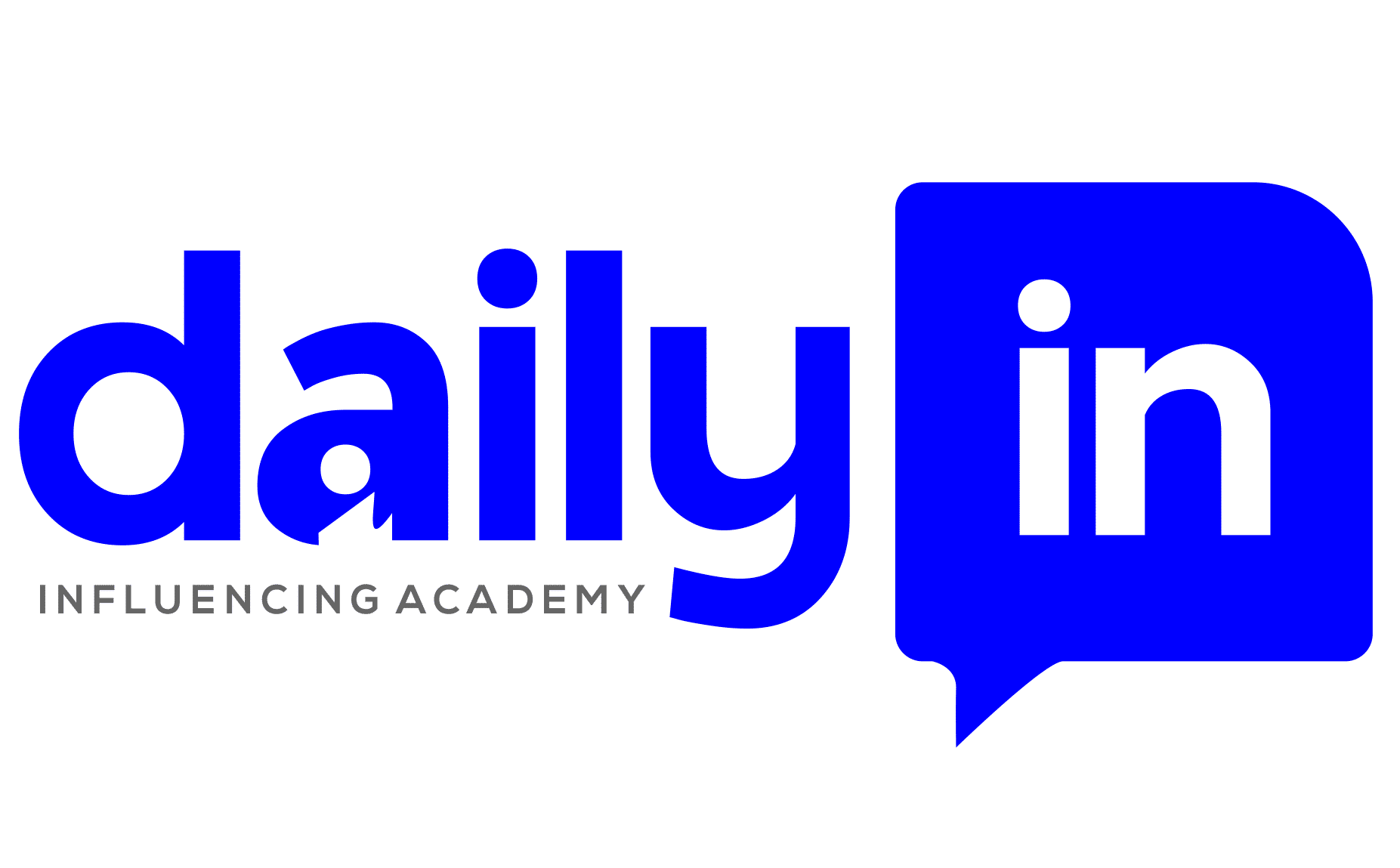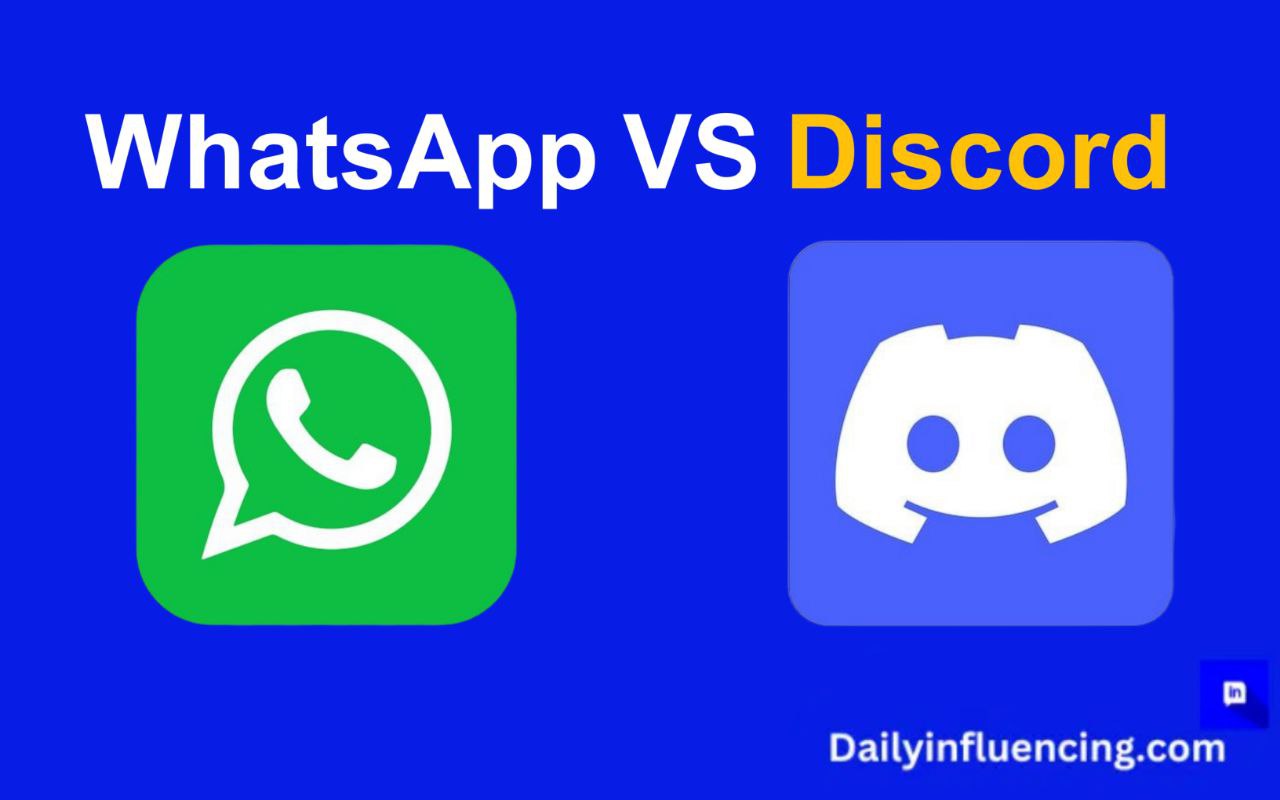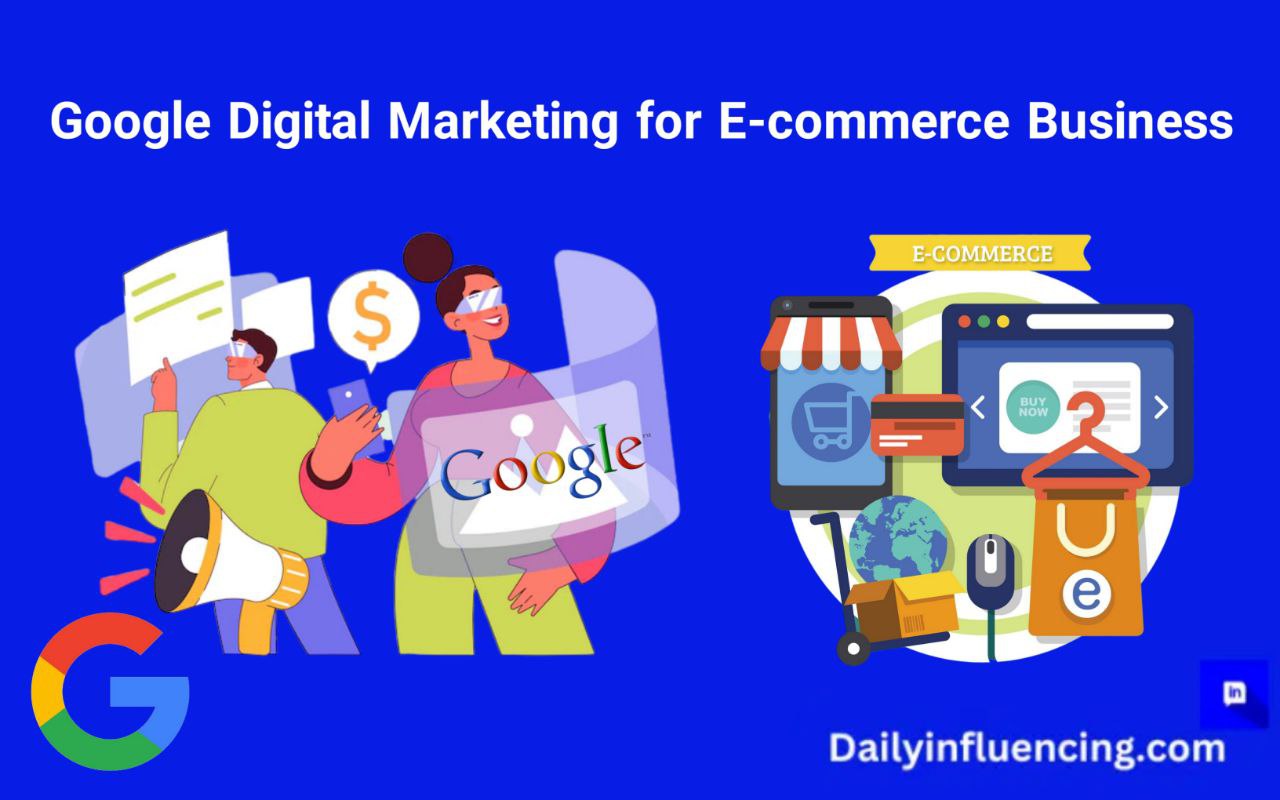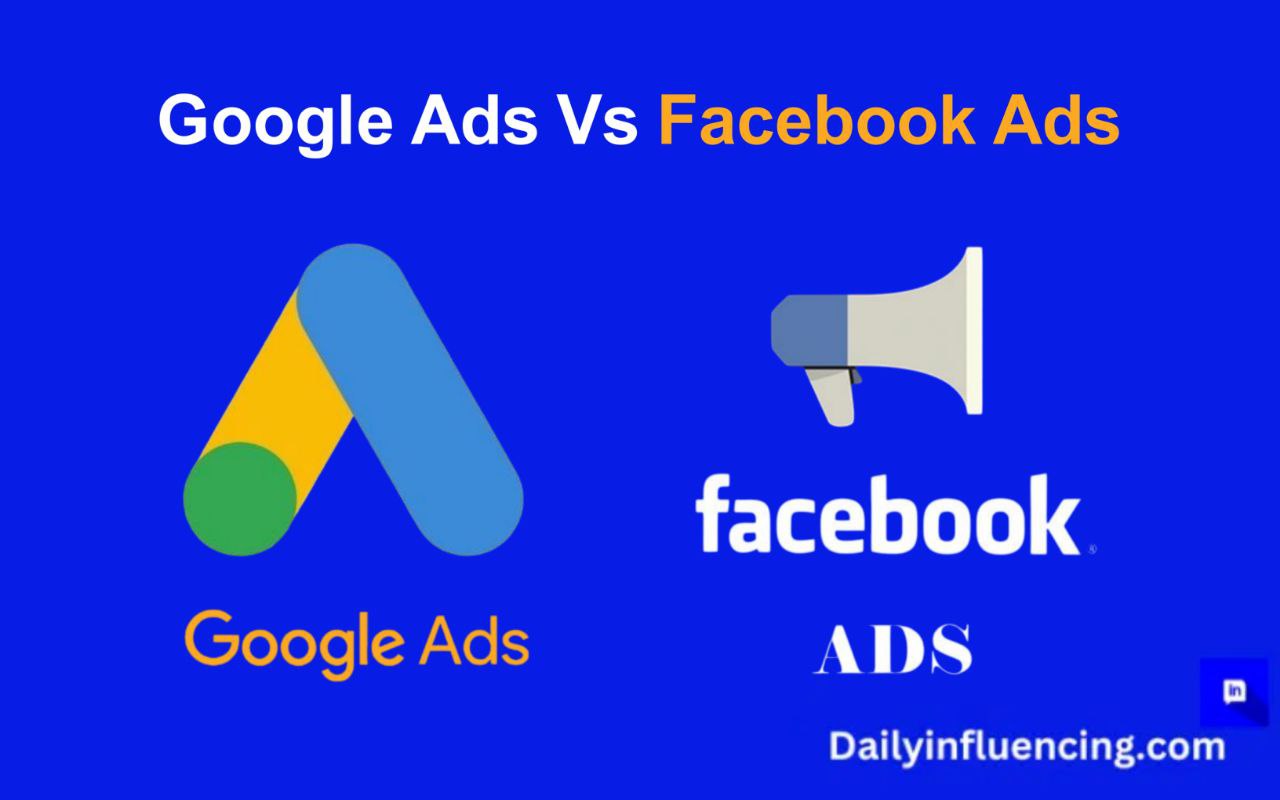
You would think deciding between two of the biggest advertising platforms in the world—Google Ads and Facebook Ads—would be easy. After all, both command massive audiences, boast powerful targeting tools, and deliver impressive results.
But the decision isn’t as straightforward as it seems. Each platform operates on distinct principles, making your choice highly dependent on your business goals, audience, and budget.
The system behind Google Ads revolves around intent. With over 8.5 billion searches conducted daily on Google, this platform excels at capturing users actively searching for products or services.
In contrast, Facebook Ads leverages its 3.07 billion monthly active users to target people based on interests, behaviors, and demographics, often sparking curiosity and engagement even when they’re not looking to buy.
This guide explores how these two platforms stack up, helping you decide which to use for your business. You’ll also learn how to align your goals with the strengths of each system, ensuring you invest your advertising dollars wisely.
What Are Google Ads?
Google Ads, formerly known as Google AdWords, is a pay-per-click (PPC) advertising platform that connects businesses with potential customers through Google’s vast network.

With over 90% of internet users relying on Google for search queries, the platform’s strength lies in targeting users actively searching for specific products, services, or information.
Key Features of Google Ads
The system behind Google Ads focuses on keywords, allowing advertisers to bid on terms users are searching for. Its main components include
Search ads: Text-based ads appearing on Google’s search results pages, triggered by specific keywords.
Display ads: Visual ads shown across websites within Google’s Display Network, reaching over 2 million sites and apps.
Shopping ads: Product listings displayed with prices, images, and links to e-commerce sites, ideal for retail businesses.
Video ads: Advertisements running on YouTube, the world’s second-largest search engine.
While Google Ads is powerful, it’s not without drawbacks:
- High competition and costs: Popular keywords like “insurance” or “lawyer” can cost over $50 per click, making it a steep investment for small businesses.
- Complexity for beginners: The platform’s advanced features, from bidding strategies to Quality Scores, can overwhelm first-time users.
What Are Facebook Ads?
Facebook Ads is a social media advertising platform that enables businesses to connect with users based on their interests, behaviors, demographics, and interactions. It provides unparalleled access to a wide audience, while its integration with Instagram and Messenger expands its reach even further.
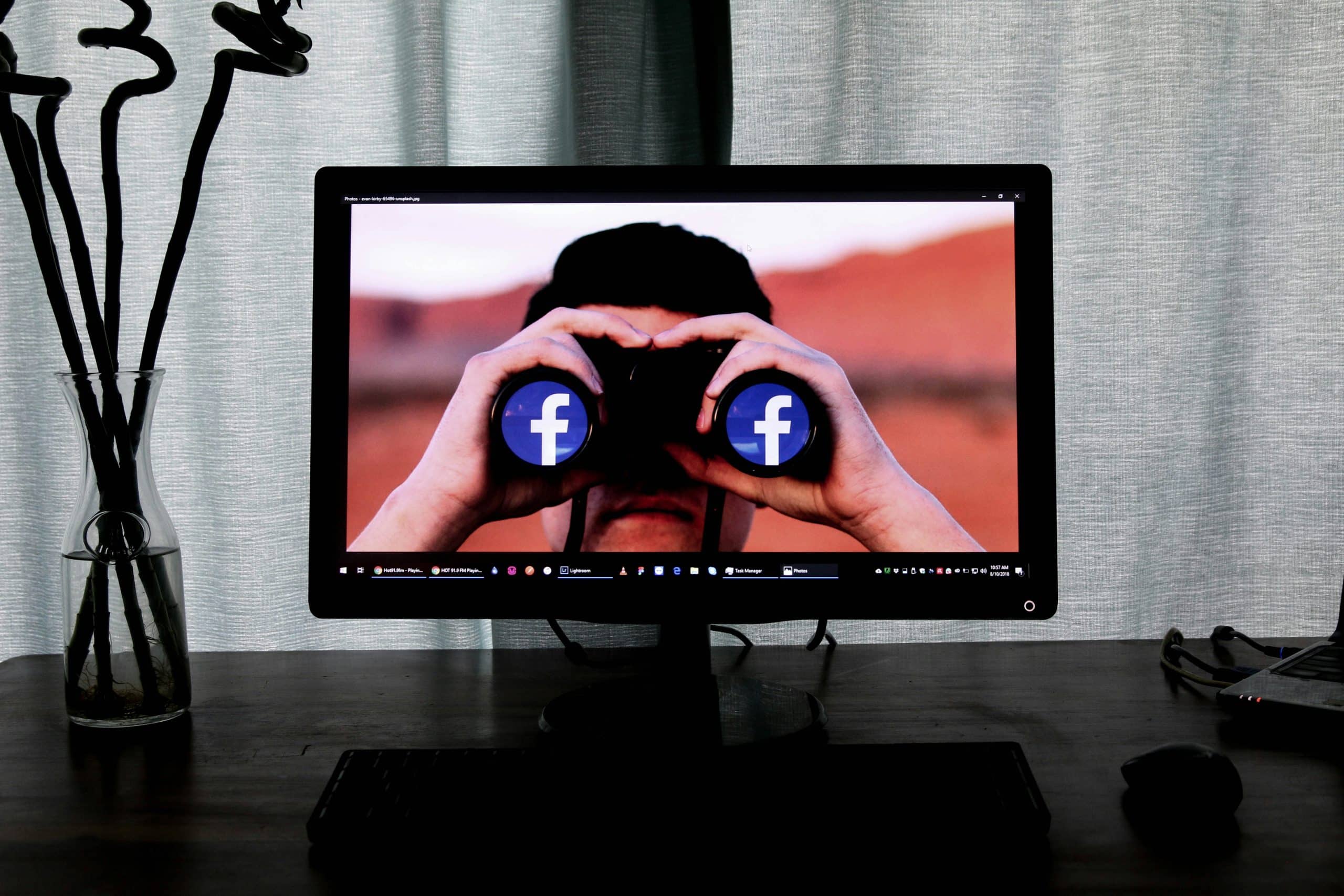
These ads also focus on creating interest. The system displays visually appealing, interactive ads to users as they scroll through their feeds, sparking curiosity and engagement even when they aren’t actively searching for a product.
Key Features of Facebook Ads
Facebook Ads offers a variety of tools and formats designed for high engagement:
Audience segmentation: Use advanced targeting based on age, gender, interests, job roles, and behaviors.
Custom audiences: Retarget users who’ve interacted with your business or visited your website.
Ad formats: Choose from single images, videos, carousels, or story ads to fit your campaign goals.
Budget flexibility: Facebook allows you to set daily or lifetime budgets, making it accessible for small businesses.
While Facebook Ads has undeniable strengths, it’s not ideal for every situation:
- Lower purchase intent: Unlike Google Ads, Facebook users aren’t actively searching for solutions, which can result in lower conversion rates for certain campaigns.
- Ad fatigue: Users often see the same ads repeatedly, leading to decreased engagement over time.
Google Ads vs. Facebook Ads: The Key Differences
Google Ads focuses on meeting immediate user intent. It serves ads based on keywords users actively search for on Google or its partner networks. This makes it perfect for capturing high-intent customers—people who are already looking for your product or service. With its search and display networks, Google Ads reaches billions of users daily.
But, Facebook Ads excel at interest and behavior targeting. Instead of relying on what users search for, Facebook analyzes their profile data, activity, and interactions to deliver ads.
This allows businesses to reach highly specific audiences—even those who may not yet realize they need your product.
Key Differences Between Google Ads and Facebook Ads include:
| Aspect | Google Ads | Facebook Ads |
| Advertising Model | Intent-driven (based on search queries and keywords). | Interest-driven (based on user data, behaviors, and interests). |
| Audience Reach | Reaches users actively searching for specific terms. | Targets users based on demographics, interests, and activities. |
| Cost Structure | Pay-per-click (you pay for every click on your ad). | Pay-per-click or impressions (pay for clicks or ad visibility). |
| Ad Placement | Search engine results, Google Display Network, YouTube. | Facebook News Feed, Stories, Messenger, Instagram. |
| Ad Formats | Text ads, shopping ads, video ads, display banners. | Image ads, carousel ads, video ads, story ads, interactive ads. |
| Targeting Options | Keywords, location, demographics, and device targeting. | Detailed targeting based on user profiles and engagement data. |
| Budget Control | Flexible bidding strategies (CPC, CPM, CPA). | Flexible with options for daily budgets or campaign lifetime budgets. |
| Best for | E-commerce, lead generation, and industries with clear search demand. | Brand awareness, customer engagement, and audience nurturing. |
How to Choose Between Google Ads and Facebook Ads for Your Business
Selecting the right platform—Google Ads or Facebook Ads—depends on several factors, including your business objectives, budget, audience, and the nature of your products or services. Here’s how;
1. Define Your Advertising Goals
Your goals are the foundation of your advertising strategy and play a significant role in determining the platform.
- Google Ads: Best for achieving immediate, action-driven results such as generating leads, driving website traffic, or increasing direct sales. If users are actively searching for your offerings (e.g., “best gym near me”), Google Ads is ideal.
- Facebook Ads: Better suited for building brand awareness, fostering engagement, or creating interest in a product. For instance, if you’re launching a new skincare line, Facebook Ads can showcase your brand to users who may not yet be actively searching for such products.
2. Understand Your Target Audience
Knowing where your audience spends their time online will guide your platform choice.
- Google Ads: Targets users based on intent—what they’re actively searching for at the moment. It’s perfect for reaching customers who are already in the buying process.
- Facebook Ads: Excels in reaching audiences based on interests, behaviors, and demographics. It’s ideal for nurturing potential customers and expanding awareness of your brand.
For instance, if your product is a new fitness app, Facebook Ads can help introduce it to people interested in health and wellness, while Google Ads can capture users already searching for “top fitness apps.”
3. Budget and Cost Considerations
Budget flexibility and cost structure are critical factors.
- Google Ads: Typically has a higher cost-per-click (CPC), especially for competitive keywords. However, the traffic is often high-intent, leading to better conversion rates.
- Facebook Ads: Usually offers a lower CPC, making it cost-effective for businesses with limited budgets. It’s great for building awareness or engaging audiences over time.
If you’re on a smaller budget but want to test both platforms, allocate funds to Facebook Ads for awareness and Google Ads for conversions.
4. Assess the Nature of Your Business
Certain industries perform better on one platform over the other.
- Google Ads: Works exceptionally well for e-commerce, professional services, and industries with clear search demand (e.g., legal services, healthcare).
- Facebook Ads: Shines for lifestyle brands, entertainment, and products that benefit from strong visual storytelling (e.g., fashion, travel, food).
5. Evaluate the Buying Cycle
Consider where your audience is in the buying cycle.
- Google Ads: Targets users closer to the decision phase of the buying cycle. If customers are ready to buy, Google Ads ensures they find your business first.
- Facebook Ads: Engages users in the awareness or consideration phases. It’s about piquing interest and nurturing relationships before they’re ready to purchase.
6. Test and Experiment
There’s no one-size-fits-all answer, so testing is crucial. Start with a small budget on each platform, run similar campaigns, and analyze the results.
Use A/B testing to compare performance, adjust your strategy, and optimize your budget allocation.
In many cases, the best solution is a combination of both platforms. Google Ads can help you secure immediate conversions, while Facebook Ads nurtures and grows your audience for long-term engagement.
Conclusion
Choosing between Google Ads and Facebook Ads—or deciding to use both—is not about selecting the “best” platform overall but about finding the one that best aligns with your business goals, audience, and budget.
Each platform offers unique advantages, and understanding how they complement each other can lead to better advertising outcomes.
What’s next?
Start by defining your business goals. Experiment with small budgets on both platforms, monitor performance metrics, and refine your campaigns based on results. Remember, digital advertising is not static—continuous learning and adaptation are key to success.
Whether you go with Google Ads, Facebook Ads, or a combination of both, the real power lies in understanding your audience and delivering the right message at the right time.
